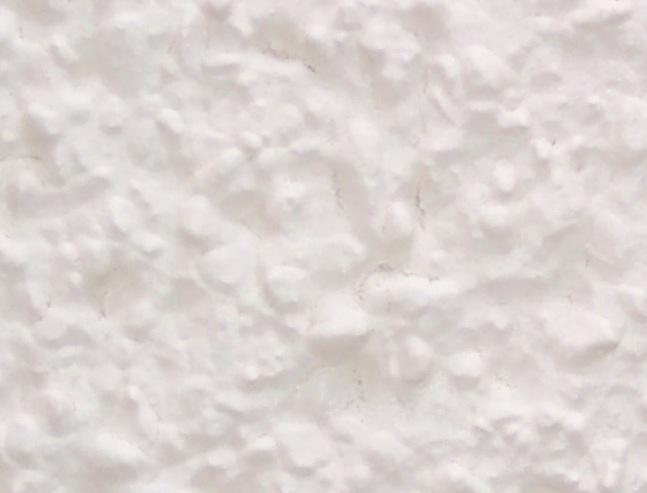- Joined
- 2 Jul 2010
- Messages
- 237
- Reaction score
- 4
- Country

Hi,
I have just painted a pebbledash wall and after drying the paint has developed small cracks in the surface. My 1st thoughts are that the paint has been applied too thickly and when drying out had developed the cracks. However, I would be grateful for any advice on the subject as it is the 1st time I have attempted to paint pebbledash. The wall is due a final coat so hopefully I can "paint over the cracks" when applying the final coat.
The paint is Dulux Trade Weathershield Smooth Masonry Paint and was diluted 1 part water to 5 parts paint for the 1st coat on the unpainted pebbledash then 1 part water to 10 parts paint on the 2nd coat. The 3rd coat is yet to be applied. The paint was applied with a brush.
The same effect also occurred on some historically painted pebbledash, ie, the application of the Dulux paint diluted 1 part water to 10 parts paint when painted over the historic paint (6 years old) gave the same cracking effect when drying.
I have only noticed the effect today a couple of days after applying the previous coats so I have painted a couple of test areas with different dilutions to see if I can resolve the issue. However, any advice most appreciated.
I have uploaded an image below showing the cracks in the paint surface, to get better visibility, please click the image to enlarge it. From a distance of a few yards, the effect is not noticable, however,from close up (1ft) it becomes apparent.
Rgds
Jack
I have just painted a pebbledash wall and after drying the paint has developed small cracks in the surface. My 1st thoughts are that the paint has been applied too thickly and when drying out had developed the cracks. However, I would be grateful for any advice on the subject as it is the 1st time I have attempted to paint pebbledash. The wall is due a final coat so hopefully I can "paint over the cracks" when applying the final coat.
The paint is Dulux Trade Weathershield Smooth Masonry Paint and was diluted 1 part water to 5 parts paint for the 1st coat on the unpainted pebbledash then 1 part water to 10 parts paint on the 2nd coat. The 3rd coat is yet to be applied. The paint was applied with a brush.
The same effect also occurred on some historically painted pebbledash, ie, the application of the Dulux paint diluted 1 part water to 10 parts paint when painted over the historic paint (6 years old) gave the same cracking effect when drying.
I have only noticed the effect today a couple of days after applying the previous coats so I have painted a couple of test areas with different dilutions to see if I can resolve the issue. However, any advice most appreciated.
I have uploaded an image below showing the cracks in the paint surface, to get better visibility, please click the image to enlarge it. From a distance of a few yards, the effect is not noticable, however,from close up (1ft) it becomes apparent.
Rgds
Jack


